What do we know about cats
 Bashny.Net
Bashny.Net
The proximity of people and cats lasts about 9500 years! How well do we know our furry friends?

The ancestors of modern cats, unlike the ancestors of dogs, hunting small prey. That is why our cats tend to eat a little, but several times during the day.

Cats hunt, even if they are not hungry. Scientists at the University of Georgia in the framework of the project KittyCam observed that catch prey eaten by cats only in 28% of cases. The other victim thrown them on the spot or proudly brought the hosts.

Huge eyes relative to body developed in felines because of the need to hunt in low light conditions. However, this complicates the size of the eye with constant refocusing near objects to far and back. Author of Cat Sense John Bradshaw said that the reason why cats vision adapts to its environment habitat: street animals, usually far-sighted, and most home - sighted.

Myopia, however, does not allow them clearly visible near the small objects. Their cat whiskers can feel, but not see.

Cats have an excellent sense of smell. According to a study conducted in 2010 by the University of New South Wales (Australia), wild cat smell "perfume" smell with mouse even six days after their habitats sample was placed with this "fragrance».
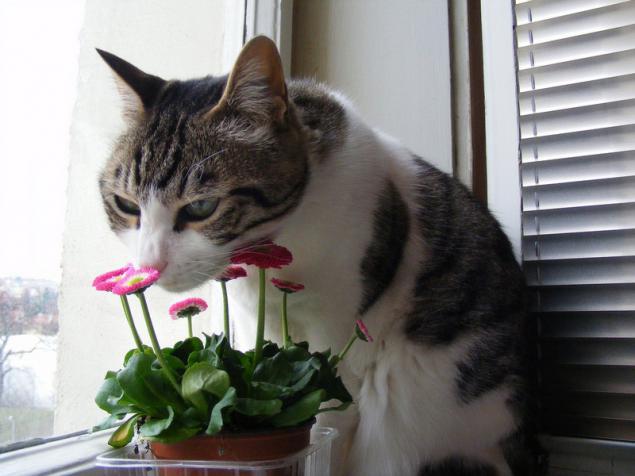
Vomeronasal organ (additional department olfactory system) helps cats to identify even minor chemical clues about their environment, including - on location and close the "status" of other cats.
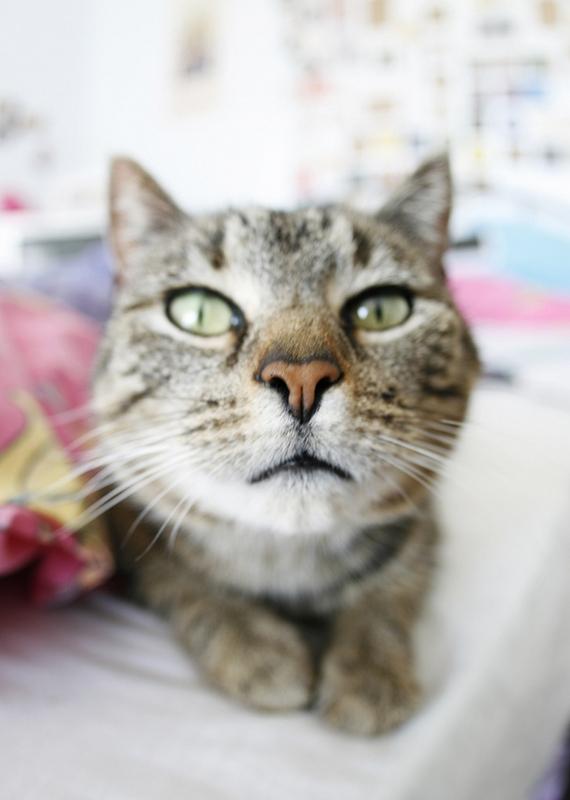
Cats matter distinguish the taste of food. According to a 2006 study, they - one of the few mammals that do not have taste receptors for sweet.

Or maybe they just sweet do not need? Cats are carnivorous and draw energy from proteins, and not from carbohydrates.

Examining the remains of two cats, dated 5300 years and found in China, the researchers came to the conclusion that one of them was a much more rich and varied diet. This may mean that its people are fed, and hence domestic cats probably appeared in China much earlier than previously thought.
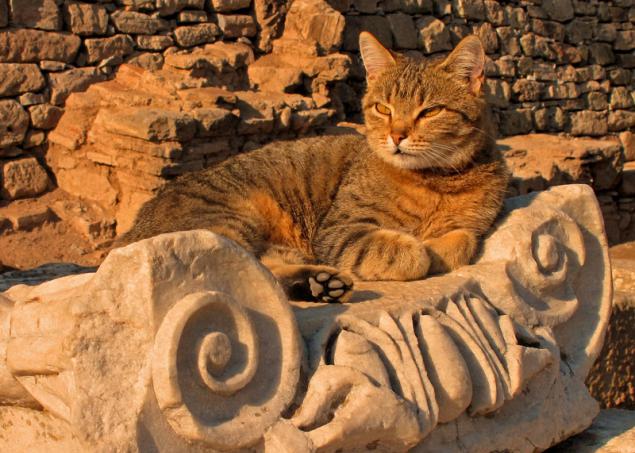
Old cats, however, may not be pet in the traditional sense of the word. Scientists believe that the ancient Chinese were synanthropic cats - that is located in mutually beneficial relationships, while maintaining their independence.
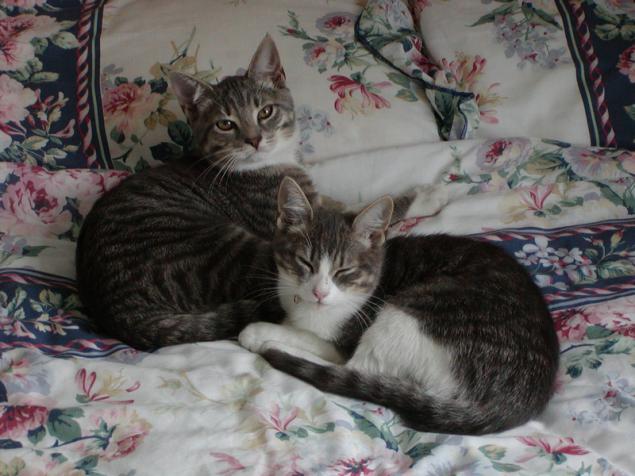
Whatever it was, these Chinese cats - like all pets - are descended from the wild cat Felis Silvestris Lybica.

In 2007, the theory was advanced that Felis Silvestris Lybica was domesticated at least 9,000 years ago in the Middle East as a reliable means of pest control.

The earliest archaeological evidence of the relationship of people with cats is found burying a man with a kitten in Cyprus, dated 9, 5 thousand. Years. Scientists believe that with all the imperfections of the boats on which settlers traveled to the island, the cats they still found a place. Therefore, cats were brought specially.
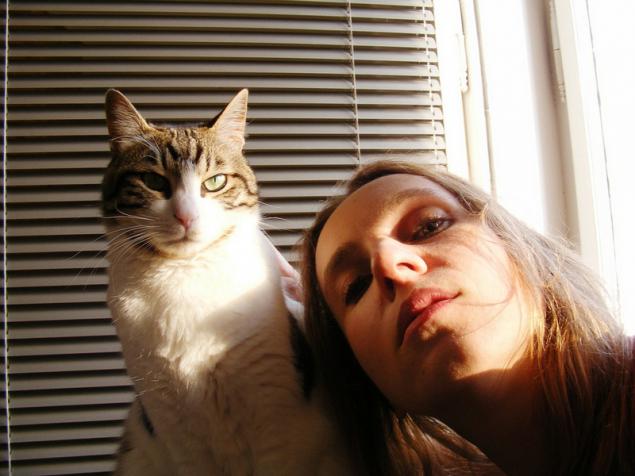
Cats and sailors are friends for a long time, for centuries the cats were taken to the sea to fight rats and as a talisman, bringing good luck.

It left its mark in the evolution. More than 10% of cats in the coastal towns of New England and Nova Scotia have extra fingers. Scientists believe that such a rare mutation, as polydactyly, originated from cats living on the ships still in the middle of the 18th century.
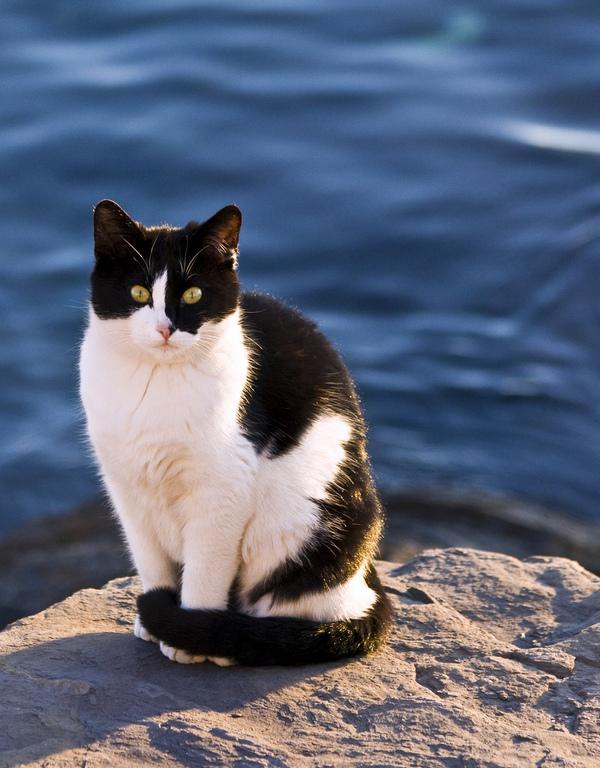
The most "rich cat" in the world, perhaps, the famous Japanese character Hello Kitty, who earned more than $ 1 billion in 2012: sources of income was the sale of goods with brand identity and royalties.

Psychologists believe that Hello Kitty logo is painted in the style of "kava" ("cute"), that is a symbol of kindness and tenderness.
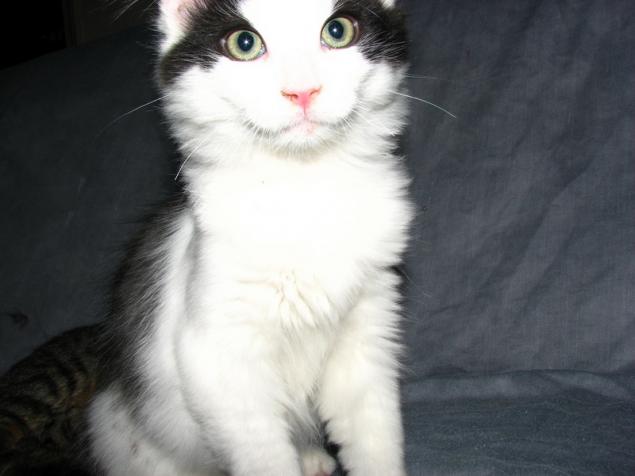
In Egyptian tomb age of about 4400 years found a picture of cat with a collar. This is the oldest known image of the domesticated cat.
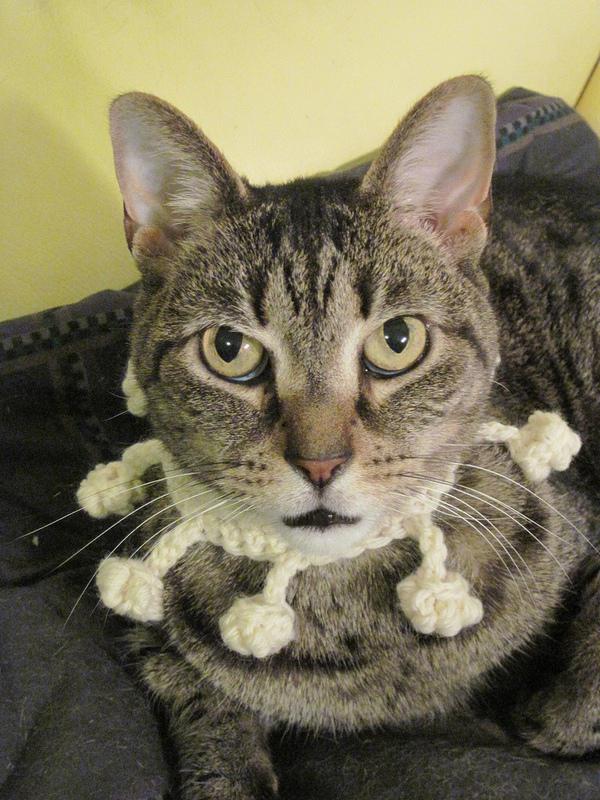
In January 2014, scientists in the project 99 Lives Cat Whole Genome Sequencing Initiative began collecting DNA samples from cats worldwide, and plan to subject the feline genome complete decoding.

Genetic database will eventually be laid out in the open access. It is assumed that it will be used to study both feline and several human diseases, including diabetes, which affects cats similarly.
PM


The ancestors of modern cats, unlike the ancestors of dogs, hunting small prey. That is why our cats tend to eat a little, but several times during the day.

Cats hunt, even if they are not hungry. Scientists at the University of Georgia in the framework of the project KittyCam observed that catch prey eaten by cats only in 28% of cases. The other victim thrown them on the spot or proudly brought the hosts.

Huge eyes relative to body developed in felines because of the need to hunt in low light conditions. However, this complicates the size of the eye with constant refocusing near objects to far and back. Author of Cat Sense John Bradshaw said that the reason why cats vision adapts to its environment habitat: street animals, usually far-sighted, and most home - sighted.

Myopia, however, does not allow them clearly visible near the small objects. Their cat whiskers can feel, but not see.

Cats have an excellent sense of smell. According to a study conducted in 2010 by the University of New South Wales (Australia), wild cat smell "perfume" smell with mouse even six days after their habitats sample was placed with this "fragrance».

Vomeronasal organ (additional department olfactory system) helps cats to identify even minor chemical clues about their environment, including - on location and close the "status" of other cats.

Cats matter distinguish the taste of food. According to a 2006 study, they - one of the few mammals that do not have taste receptors for sweet.

Or maybe they just sweet do not need? Cats are carnivorous and draw energy from proteins, and not from carbohydrates.

Examining the remains of two cats, dated 5300 years and found in China, the researchers came to the conclusion that one of them was a much more rich and varied diet. This may mean that its people are fed, and hence domestic cats probably appeared in China much earlier than previously thought.

Old cats, however, may not be pet in the traditional sense of the word. Scientists believe that the ancient Chinese were synanthropic cats - that is located in mutually beneficial relationships, while maintaining their independence.

Whatever it was, these Chinese cats - like all pets - are descended from the wild cat Felis Silvestris Lybica.

In 2007, the theory was advanced that Felis Silvestris Lybica was domesticated at least 9,000 years ago in the Middle East as a reliable means of pest control.

The earliest archaeological evidence of the relationship of people with cats is found burying a man with a kitten in Cyprus, dated 9, 5 thousand. Years. Scientists believe that with all the imperfections of the boats on which settlers traveled to the island, the cats they still found a place. Therefore, cats were brought specially.

Cats and sailors are friends for a long time, for centuries the cats were taken to the sea to fight rats and as a talisman, bringing good luck.

It left its mark in the evolution. More than 10% of cats in the coastal towns of New England and Nova Scotia have extra fingers. Scientists believe that such a rare mutation, as polydactyly, originated from cats living on the ships still in the middle of the 18th century.

The most "rich cat" in the world, perhaps, the famous Japanese character Hello Kitty, who earned more than $ 1 billion in 2012: sources of income was the sale of goods with brand identity and royalties.

Psychologists believe that Hello Kitty logo is painted in the style of "kava" ("cute"), that is a symbol of kindness and tenderness.

In Egyptian tomb age of about 4400 years found a picture of cat with a collar. This is the oldest known image of the domesticated cat.

In January 2014, scientists in the project 99 Lives Cat Whole Genome Sequencing Initiative began collecting DNA samples from cats worldwide, and plan to subject the feline genome complete decoding.

Genetic database will eventually be laid out in the open access. It is assumed that it will be used to study both feline and several human diseases, including diabetes, which affects cats similarly.
PM

Tags
See also
What do we know about the winter? (33 More Photos and text)
All I know about women
Do you live at home Alien
What we know about Transformers?
What we know about ourselves ...
"Kate, something with our cat! He can't walk!"
Very beautiful Soviet actresses
Koshkofaktov 99 (1)
What do we know about men

















